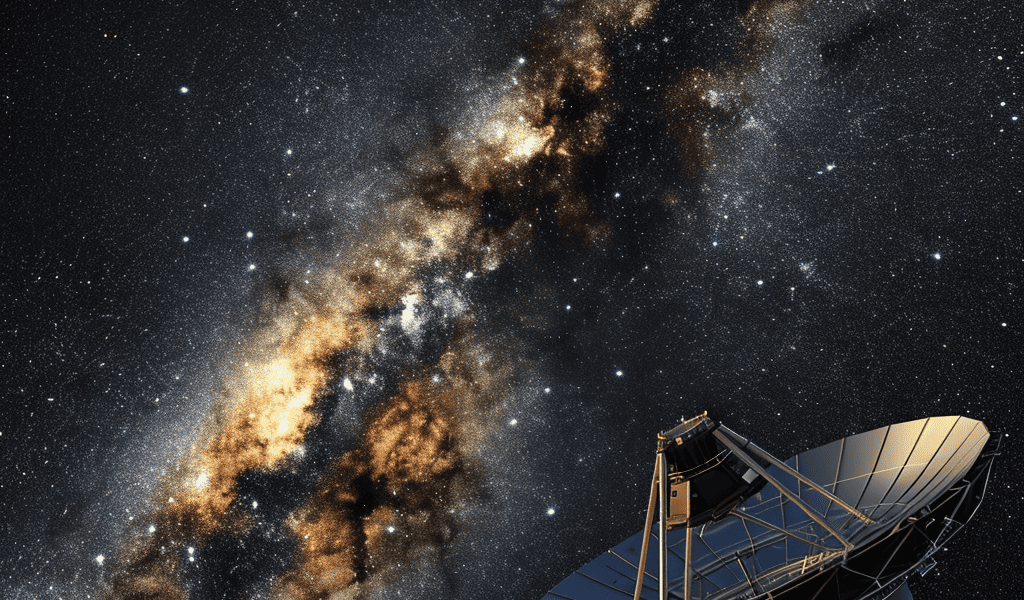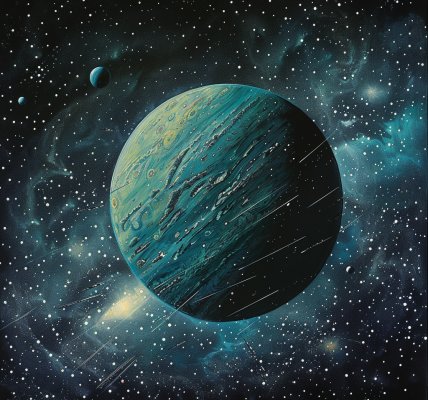In a groundbreaking discovery, astrophysicist Kyu-Hyun Chae of Sejong University in Korea has detected signs of gravity’s laws breaking down in twin stars, challenging the long-standing principles of Einstein’s general theory of relativity. The anomalies were found in nearly 2,500 wide binary star systems observed by the European Space Agency’s Gaia space telescope.
The study, conducted by Chae, suggests that standard gravity is breaking down at certain points within these twin stars, indicating potential deviations from the established laws of physics. This revelation has reignited discussions among physicists about alternative theories on how gravity functions.
Chae’s findings, initially reported in 2023, were met with skepticism from some physicists who suggested that the observed anomalies might have been influenced by undetected close companions in the binary star systems, rather than representing evidence of modified gravity.
The discovery of gravitational anomalies in widely separated twin stars at infinitesimally low acceleration presents a significant challenge to the prevailing understanding of gravity. While Einstein’s general theory of relativity has been a cornerstone of physics for over a century, there are phenomena, such as those occurring in the centers of black holes and at the birth of the Universe, where the theory falls short.
These recent findings have sparked renewed interest in exploring alternative explanations for gravity, as scientists seek to reconcile the discrepancies between general relativity and quantum mechanics. While these alternative theories remain on the fringes of scientific discourse, the detection of gravitational anomalies in the twin stars offers compelling evidence for re-evaluating our understanding of the fundamental force of gravity.
As the scientific community continues to delve into the implications of this discovery, the potential redefinition of gravity’s laws could have far-reaching consequences for our comprehension of the cosmos and the underlying principles that govern the Universe.





